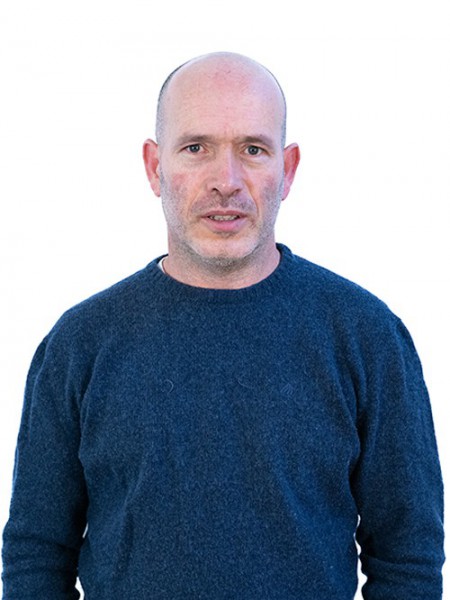abstract
A series of layered double hydroxides with the hydrotalcite structure containing Mg2+ and Al3+ cations in the brucite-like layers and carbonate in the interlayer have been prepared, with different lanthanide cations (4% loading) in the brucite-like layers. The solids have been characterized by element chemical analysis, powder X-ray diffraction, thermal analysis, particle size distribution, FT-IR and UV-Vis spectroscopies and surface texture by adsorption-desorption of nitrogen at - 196 degrees C. The color and luminescent properties have been also studied. The results confirmed the hydrotalcite-type structure, without any sort of contaminating phases. The solids have been calcined at 1000 degrees C forming homogeneously dispersed mixed oxides, where the rock-salt structure of MgO and the MgAl2O4 spinet have been identified by powder X-ray diffraction, without any differentiated phase containing lanthanide ions. The samples (original and calcined) containing Tb3+ exhibited green fluorescence, detected under irradiation of 254 and 365 nm. The emission spectra showed a series of narrow lines ascribed to the Tb3+5D4 -> F-7(6-2) transitions. The decay curves monitored at 543 nm indicated the presence of a single local Tb3+ environment in the parent and calcined samples. For the calcined samples, the photoluminescence evidence supports the insertion of Tb3+ in MgAl2O4 rather than in MgO. (C) 2016 Elsevier Inc. All rights reserved.
keywords
HYDROTALCITE-LIKE COMPOUNDS; PHYSICOCHEMICAL PROPERTIES; CONTROLLED-RELEASE; PHOSPHORS; IONS; ADSORPTION; MG; CALCINATION; COMPOUND; YTTRIUM
subject category
Chemistry; Science & Technology - Other Topics; Materials Science
authors
Vicente, P; Perez-Bernal, ME; Ruano-Casero, RJ; Ananias, D; Paz, PAA; Rocha, J; Rives, V
our authors
acknowledgements
PV, MEPB, RJRC and VR acknowledge financial support from grant MAT2009-08526 from Ministerio de Ciencia e Innovacion and from ERDF. Thanks are given to Dr. R. Trujillano for her help in the particle size distribution measurements. DA and JR thank Fundacao para a Ciencia e a Tecnologia (FCT, Portugal), the European Union, QREN, FEDER, COMPETE and Laboratorio Associado Centro de Investigacao em Materiais Ceramicos e Compositos, CICECO (PEst-C/CTM/LA0011/2013) for funding. DA acknowledges FCT for post-doc grant SFRH/BPD/95032/2013.




